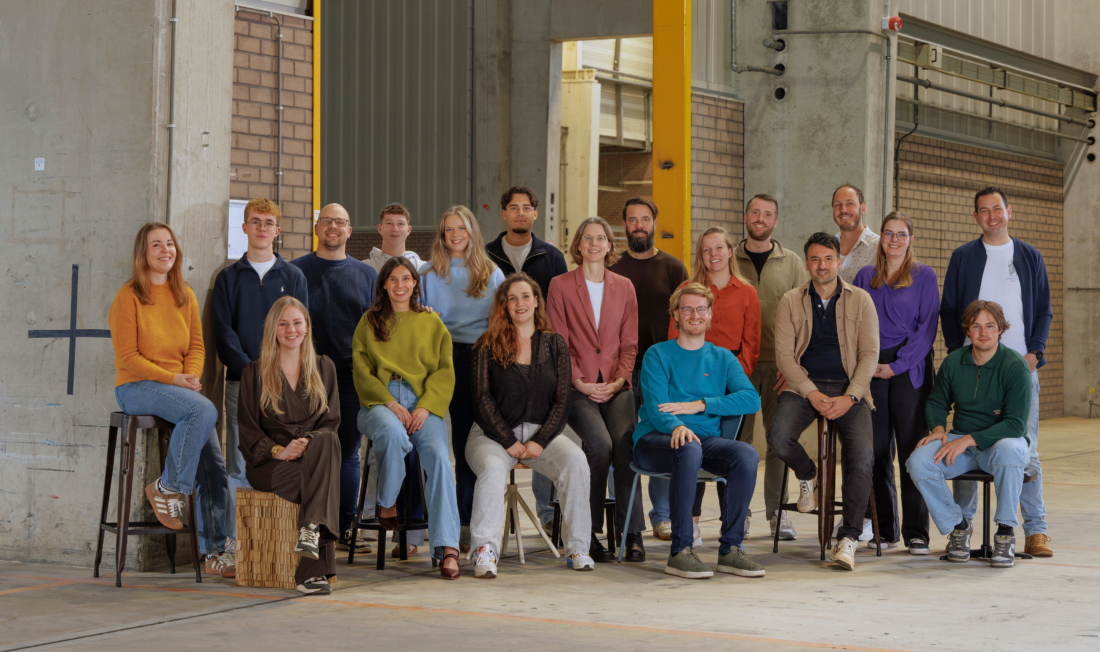Web design and SEO
Web design and search engine optimisation (SEO) are important aspects of a successful online presence. Although these disciplines are often discussed afzonderically, their onderling relationship and interplay is essential for creating websites that are not only visually appealing, but also perform well in search engines. In this article, we discuss how web design and SEO work together, and provide practical tips for optimising both aspects.
What falls onder web design?
Web design is an umbrella term for website design and development. It includes various elements such as layout, colours, fonts, images and navigation. Good web design ensures that a website is user-friendly, accessible and visually appealing. The aim is to provide visitors with a positive user experience, which can contribute to higher conversions and customer satisfaction.
Responsiveness plays a big role in web design. A responsive website adapts to different screen sizes and devices, which is important at a time when mobile internet users account for a significant proportion of overall traffic. In addition, good web design should take into account loading speed, accessibility and usability.
What is SEO and why is it important?
SEO stands for search engine optimisation, or the process of optimising a website to rank higher in the search results of search engines such as Google. SEO includes various techniques and strategies aimed at improving a website's visibility and findability. This can lead to increased organic traffic, which is essential for the growth and success of an online business.
Some key aspects of SEO are:
- Keyword research: identifying relevant keywords and phrases that potential customers use to find products or services.
- On-page SEO: Optimising individual web pages to rank higher in search engines. This includes optimising titles, meta-descriptions, headers and content.
- Technical SEO: Improving the technical aspects of a website, such as loading speed, mobile-friendliness and URL structure.
- Link building: Obtaining backlinks from other websites to increase the authority and credibility of one's own website.
The collaboration between web design and SEO
Web design and SEO should not be considered afzonder separate elements. On the contrary, a successful website seamlessly integrates both disciplines. Here are some ways in which web design and SEO can reinforce each other:
- User-friendliness and navigation: A well-designed website makes it easy for users to find what they are looking for. This increases the time visitors spend on the site and reduces the bounce rate, which sends positive signals to search engines.
- Responsive design: Search engines like Google prefer websites that are mobile-friendly. Responsive design ensures that the website functions properly on all devices, contributing to a better user experience and higher rankings.
- Website speed: Load speed is an important factor for both users and search engines. A fast website ensures a better user experience and higher positions in search results. Web designers need to consider elements such as images, scripts and hosting to optimise speed.
- Clean and structured code: A well-designed website has clean, structured code that search engines can easily crawl and index. This includes using semantic HTML tags, a clear structure and avoiding overuse of code.
- Content and readability: A website's content should not only be relevant and valuable to users, but also optimised for search engines. This means using relevant keywords, clear headings and sub-headings, and a logical structure. Web designers should ensure that content is easy to read, with sufficient white space, well-chosen fonts and colours.
Practical tips for improving web design and SEO
- Optimise images: Large images can slow down the loading time of a website. Use compressed images and make sure they are the right size. Add alt text to images to help search engines understand what they are about.
- Use of internal links: Internal links help users navigate the website easily and enable search engines to understand the site's structure. Use relevant anchor texts and ensure a logical internal link structure.
- Mobile-friendliness testing: Use tools such as Google's Mobile-Friendly Test to check if your website performs well on mobile devices. Adjust the design where necessary to improve usability.
- Improve loading speed: Use tools like Google PageSpeed Insights to analyse your website's loading speed and make improvements. Reduce the number of HTTP requests, use caching and optimise server response.
- Update content and keep onder: Make sure your website content stays up-to-date. Add new content regularly, such as blog posts or news articles, and remove outdated information. This not only keeps users interested, but also sends positive signals to search engines.
- Security and SSL certificate: Make sure your website is secured with an SSL certificate. This is not only a ranking factor for search engines, but also essential for user trust.
A successful online presence
Integrating web design and SEO is essential for creating a successful online presence. By designing a website that is both visually appealing and search engine friendly, businesses can increase their online visibility, attract more traffic and ultimately achieve their goals.
For those who want to learn more about search engine optimisation, there are several SEO courses available to improve your skills. If you prefer to use experts, consider using professional SEO services for optimum results.
Share
Categorieën
- (Content) marketing
- AI (Artificial Intelligence)
- Analytics
- How to/DIY
- Linkbuilding
- news
- Other
- SEO tools
- Social media
- Technical SEO
Any questions?
Get in touch! :) we are happy to help you with all your SEO questions
SEO questionDon't miss it
Subscribe to our newsletter and don't miss a single SEO tip
"*" geeft vereiste velden aan












 Dutch
Dutch
 English
English